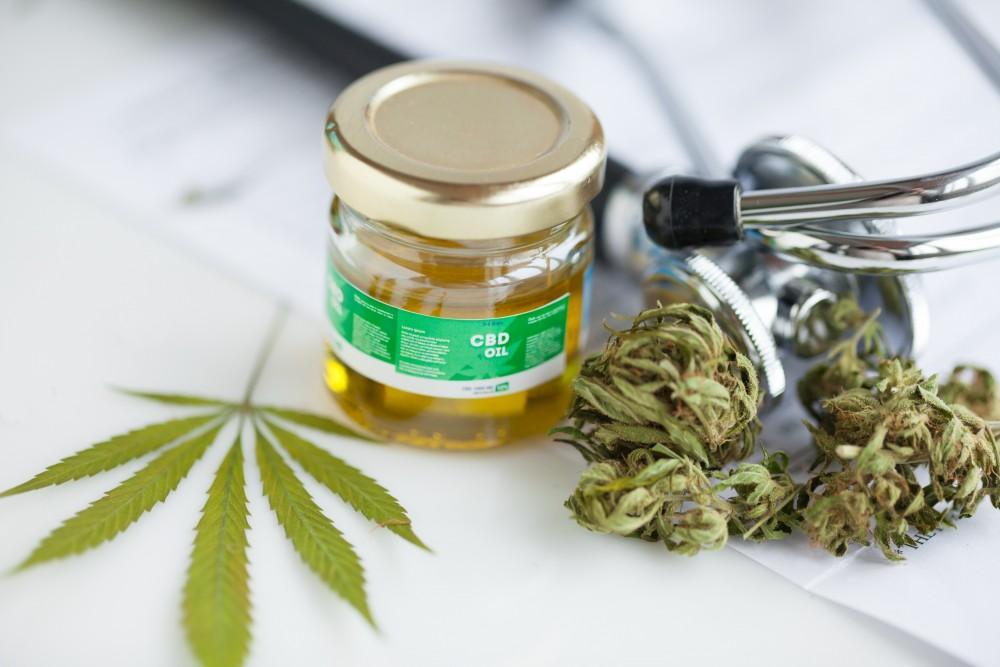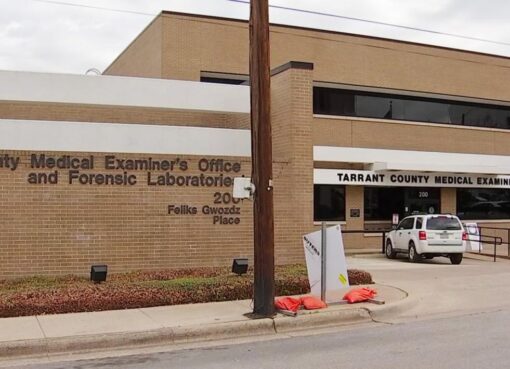Medical Cannabis, Myths vs. Reality

In recent years, medical cannabis has emerged from the shadows of stigma to become a topic of intense scientific and public interest. Once relegated to the fringes of alternative medicine, cannabis is now being studied rigorously for its potential therapeutic benefits across a range of medical conditions. However, amidst this growing interest, myths and misconceptions about medical cannabis abound. Separating fact from fiction is crucial for informed decision-making and policy development. This article aims to delve into the myths surrounding medical cannabis and present the current scientific realities.
Myth 1: Medical Cannabis is Just a Cover for Recreational Use
One of the most pervasive myths about medical cannabis is that it serves as a pretext for recreational users to obtain marijuana legally. While it is true that some individuals may seek medical cannabis for non-medical purposes, the legitimacy of medical cannabis as a treatment option is supported by a growing body of research. Numerous studies have demonstrated the potential therapeutic effects of cannabinoids, the active compounds in cannabis, in alleviating symptoms of conditions such as chronic pain, epilepsy, multiple sclerosis, and chemotherapy-induced nausea and vomiting.
The reality is that medical cannabis is prescribed by qualified healthcare professionals who assess the patient’s medical history, symptoms, and treatment goals before recommending it. In jurisdictions where medical cannabis is legal, stringent regulations govern its distribution and use to prevent abuse and ensure patient safety.
Myth 2: Medical Cannabis is Harmless and Non-Addictive
Another common misconception is that medical cannabis is entirely safe and non-addictive. While cannabis has a lower addiction potential compared to substances like alcohol or opioids, it is not without risks, especially when used improperly or in excess. Cannabis use disorder, characterized by problematic cannabis use despite negative consequences, can develop in some individuals. Moreover, long-term heavy use of cannabis has been associated with cognitive impairment, respiratory issues, and potential mental health effects, particularly in adolescents and young adults whose brains are still developing.
The reality is that like any medication, medical cannabis should be used responsibly and under medical supervision. Healthcare providers monitor patients closely for signs of misuse or dependence and may recommend alternative treatments if necessary.
Myth 3: Medical Cannabis is a Cure-All
There is a tendency among some proponents of medical cannabis to portray it as a panacea for all ailments. While cannabis shows promise in treating certain conditions, it is not a cure-all. Its effectiveness can vary widely depending on the individual, the specific medical condition, and the formulation of the cannabis used. For example, while cannabinoids such as THC and CBD have shown therapeutic potential for managing pain and inflammation, their efficacy may differ from person to person.
The reality is that medical cannabis should be viewed as a complementary treatment option rather than a definitive cure. It may be used alongside conventional therapies to enhance symptom management and improve quality of life for patients with chronic or debilitating conditions. Healthcare providers work with patients to develop personalized treatment plans that integrate medical cannabis appropriately.
Myth 4: Medical Cannabis is Legal Everywhere
Contrary to popular belief, medical cannabis is not legal everywhere, and its legal status varies widely from country to country and even within different states or provinces. In some regions, medical cannabis has been legalized for specific medical conditions and is tightly regulated, requiring patients to obtain a prescription or medical cannabis card from a qualified healthcare provider. In other areas, medical cannabis remains illegal or is decriminalized but not legally recognized as a medical treatment option.
The reality is that legalizing medical cannabis involves complex regulatory frameworks that consider public health, safety, and societal attitudes towards cannabis use. Policymakers must weigh scientific evidence, patient advocacy, and public opinion when crafting laws and regulations related to medical cannabis.
Myth 5: Medical Cannabis Has No Side Effects
While proponents of medical cannabis often highlight its therapeutic benefits, it is important to acknowledge that cannabis, like any medication, can have side effects. Common side effects of cannabis use include dizziness, dry mouth, impaired motor coordination, and short-term memory loss. These effects can vary depending on the dose, route of administration (smoking vs. ingestion), and individual sensitivity to cannabinoids.
The reality is that healthcare providers educate patients about potential side effects and monitor their response to medical cannabis closely. Adjustments to dosage or formulation may be made to minimize adverse effects while maximizing therapeutic benefits.
Conclusion
Medical cannabis holds promise as a therapeutic option for managing certain medical conditions, but it is not without controversy, myths, and challenges. By critically examining these myths and understanding the current scientific realities, healthcare providers, policymakers, and patients can make informed decisions about the role of medical cannabis in patient care. Moving forward, continued research, education, and responsible use are essential to harnessing the potential benefits of medical cannabis while mitigating risks and addressing public health concerns.


